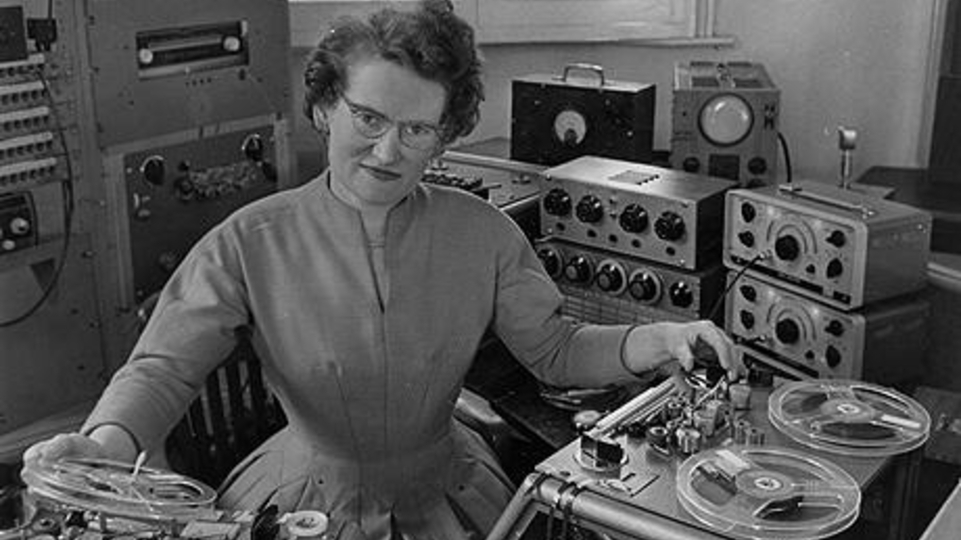'Oramics to Electronica: Revealing Histories of Electronic Music'
Free new exhibition at Science Museum

Today sees the launch of a brand new exhibition about the origins of electronic music at The Science Museum, London.
‘Oramics to Electronica: Revealing Histories of Electronic Music’ delves back to explore the people and the instruments that forged the way for the proliferation of electronic music we have today.
Dance fans will recognise the Roland TB-303 (part of a section called ‘Make Do And Mend’, which covers the creativeness of musicians to get sounds out of things they aren’t meant to), the iconic silver box that gave birth to Phuture’s ‘Acid Trax’, amongst a weird array of synths, computers and tape machines.
Chief amongst the exhibits, however, is the Oramics Machine, a custom built music generator that sprang from the mind of Daphne Oram (pictured above), the woman who set-up the BBC’s famous Radiophonic Workshop in the ‘50s, a team that experimented with different ways of producing sound and music for radio and TV, another celebrated member Delia Derbyshire writing the original Dr Who theme tune.
Thought lost, then turning up in the barn of a French private collector, the Oramics Machine no longer works but it’s soldered mass of switches, oscillators, tape and other early circuitry provides both an insight into the imagination of Daphne Oram, whose prim appearance belies her boundary breaking exploits, and how far we’ve come since then.
The exhibition is open until December and entry is free.
Science Museum, Exhibition Road, London, SW7 2DD
Open daily 10am to 6pm, except 24th– 26th December